The Status of PV Module Recycling in IEA PVPS Task 12 Countries report provides the most detailed global assessment to date of how different regions are preparing for what could become one of the renewable energy sector’s most pressing sustainability challenges.
Europe leads with mandatory recycling framework
Europe continues to set the global standard for PV waste management through its Waste Electrical and Electronic Equipment (WEEE) Directive. The directive requires all EU member states to either operate their own take-back and recycling schemes or join producer compliance schemes, establishing recovery targets of 85% and recycling rates of 80%.
In 2022, European countries collected almost 50,000 tonnes of PV module waste from 18 countries, up significantly from previous years. Italy led with 21,500 tonnes collected, followed by Germany with 16,500 tonnes, representing the largest amount among EU countries.
This growth reflects both the growth of Europe’s solar market and the increasing volumes of modules reaching their end-of-life. In Germany, the volume has grown substantially, with projections suggesting waste volumes could reach between 400,000 and 1 million tonnes by 2030.
The recycling infrastructure is evolving to meet this demand. Germany’s Reiling company group operates what is now Europe’s largest dedicated PV recycling facility in Münster, with a capacity of 50,000 tonnes per year. Meanwhile, France’s organised system managed by the nonprofit Soren processed 7,143 tonnes in 2024, achieving an 86.81% recycling rate.
Asia-Pacific markets implement diverse approaches
Outside Europe, other countries are developing distinct approaches to PV waste management. Japan, despite having no specific PV waste legislation, processed an estimated 2,079 tonnes of module waste in 2022, with 1,638 tonnes recycled and 441 tonnes reused.
The country is also moving toward a more structured approach. Japanese authorities have drafted a regulation that would mandate recycling of end-of-life PV modules and establish a payment scheme managed by an independent organisation.
South Korea has taken a different approach, implementing extended producer responsibility (EPR) regulations for PV modules from 2023. In its first year, the system exceeded expectations, recycling 688 tonnes against a target of just 159 tonnes. The country has established a network of specialised recycling companies across five regional centres with a combined capacity of 14,725 tonnes per year.
China, as the world’s largest PV market, faces the most significant challenge. Projections suggest cumulative end-of-life PV module volumes could reach 1 million tonnes by 2030 under a regular loss scenario, or 4 million tonnes under an early loss scenario. Several major Chinese companies have already constructed PV module recycling lines, including State Power Investment Group and JinkoSolar.
Technology advances target high-value recovery
The recycling technology landscape is constantly evolving, with research and development projects focusing on recovering high-value materials rather than just achieving high recycling rates by weight. European Union-funded projects like PHOTORAMA and EVERPV are developing multi-step pilot lines that can process both crystalline silicon and thin-film modules, targeting recovery rates of 95-98% for metals.
These projects are exploring cutting-edge delamination approaches, including diamond wire cutting, water jet technology, and infrared lamps. The focus is shifting from simple mechanical processing to chemical recovery methods that can extract high-purity materials suitable for reuse in new PV modules or other high-value applications.
Japanese research, supported by NEDO, is targeting material recovery rates above 80% while keeping net treatment costs below 3 Japanese yen per watt. Australian projects are pursuing even higher recovery rates, targeting above 95% for silver, copper, silicon, and glass.
Economic challenges remain significant
Despite technological advances, the economics of PV recycling remain challenging. The report notes that current low volumes, limited recycling technologies, logistics challenges, and underdeveloped markets for recovered materials result in “high-cost, low-revenue scenarios” for PV module recycling.
In the United States, recycling costs can exceed USD 14 per module, while landfill disposal may cost as little as USD 1-5. This cost disparity represents one of the sector’s most significant barriers to sustainable end-of-life management.
As a result, companies are investing in dedicated PV recycling equipment and processes, while some are exploring mobile recycling units that can be deployed directly at decommissioning sites to reduce transportation costs.
Regulatory momentum builds globally
Beyond Europe’s established framework, regulatory momentum is growing worldwide. Australia expects to implement a mandatory product stewardship program by 2025, while several US states have adopted or are developing PV-specific end-of-life regulations.
The report identifies this regulatory evolution as crucial for industry development. “Further improvement in PV EOL recycling and its associated logistics and secondary market development is needed to meet future material demand at a cost comparable to virgin material manufacture,” the authors conclude.
Looking ahead
Projections suggest that by 2050, cumulative PV module waste could exceed 200 million tonnes globally under various scenarios, and the report emphasises that sustainable solutions require integration of “regulatory and technological approaches” adapted to each region’s specific conditions.
Success will depend not just on developing better recycling technologies, but on creating economic incentives, establishing collection networks, and building markets for recovered materials.
The transition from today’s experimental recycling efforts to tomorrow’s industrial-scale operations represents both a challenge and an opportunity for the solar industry. How well the sector manages this transition will significantly influence photovoltaics’ long-term role in the global energy transformation.
Author: Ignacio Landivar
IEA PVPS Task 12 aims to quantify the environmental profile of PV systems relative to other energy technologies and address critical environmental, health, safety, and sustainability issues to support market growth. For further information, please contact the IEA PVPS Task 12 Managers: Garvin Heath and Etienne Drahi.
The views and opinions expressed in this article are the author’s own, and do not necessarily reflect those held by pv magazine.
This content is protected by copyright and may not be reused. If you want to cooperate with us and would like to reuse some of our content, please contact: editors@pv-magazine.com.
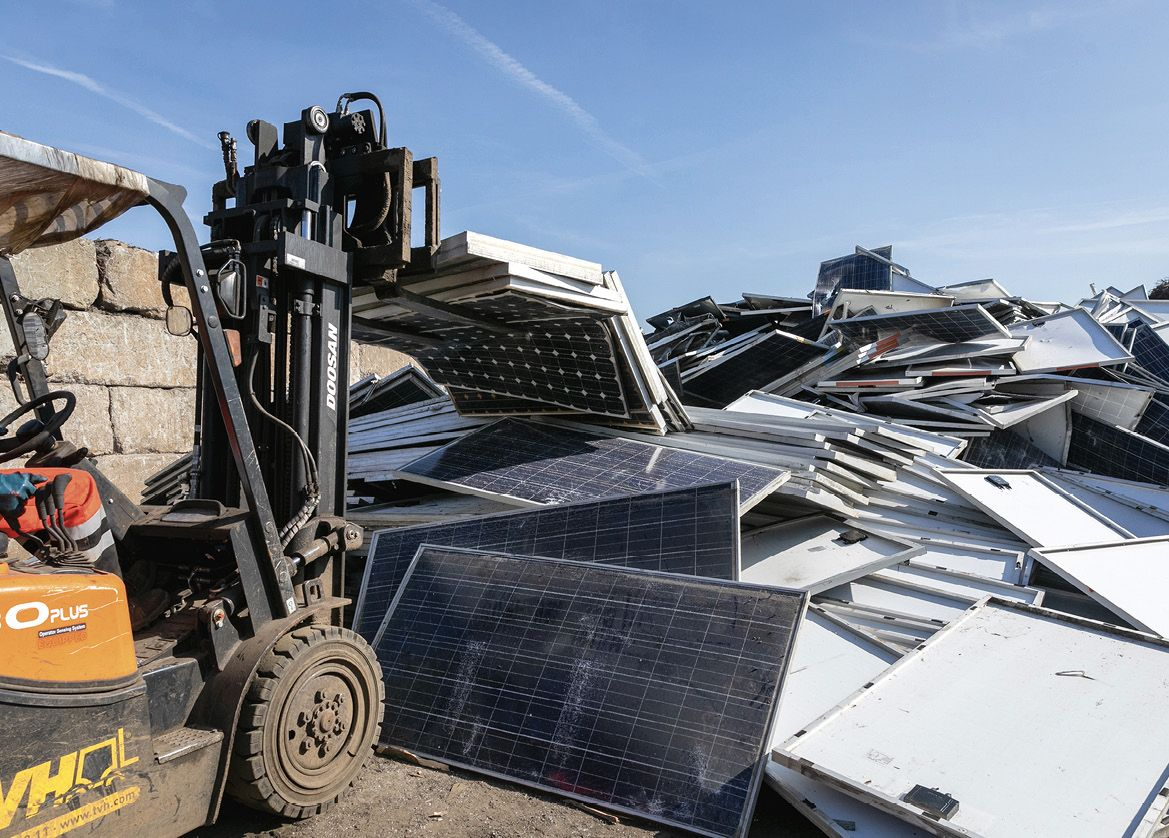
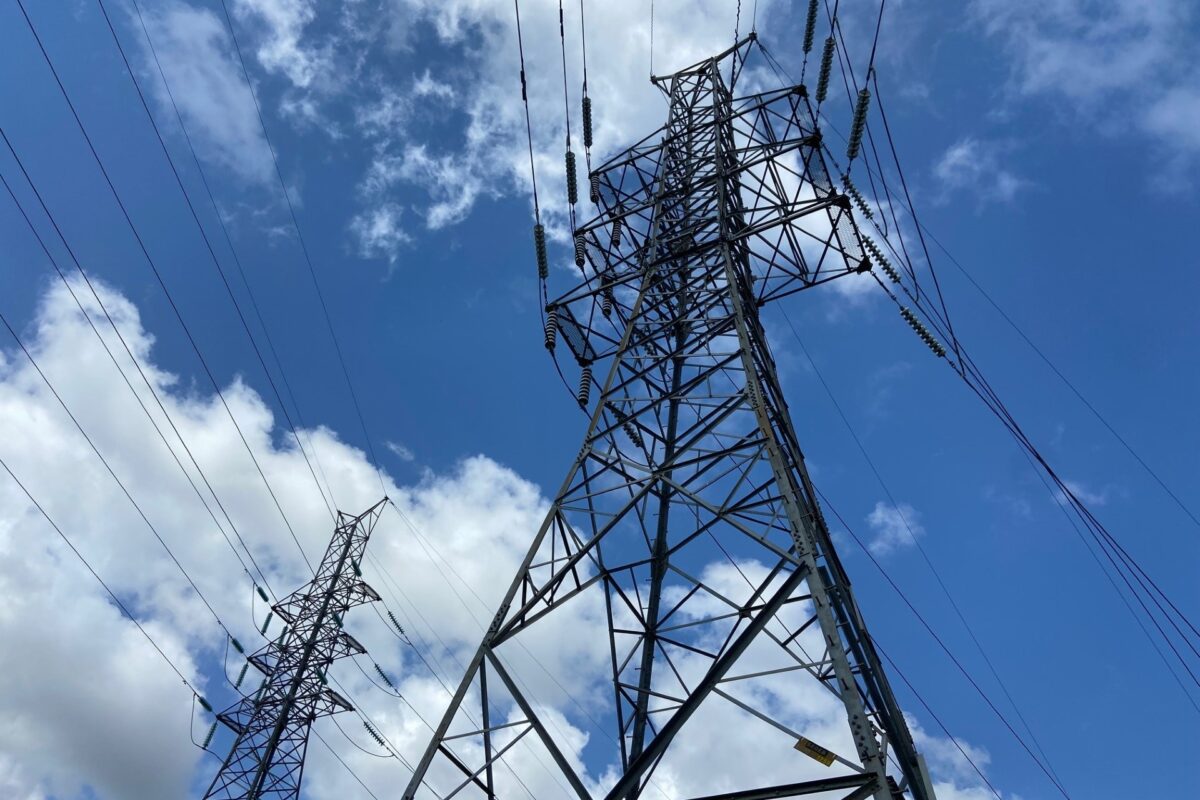

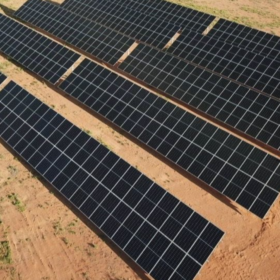
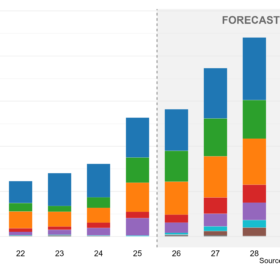
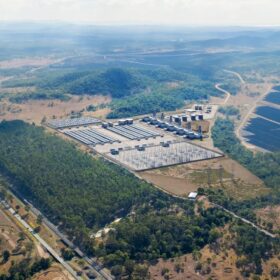
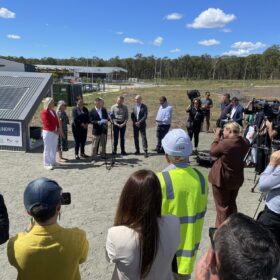
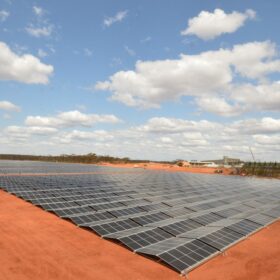
By submitting this form you agree to pv magazine using your data for the purposes of publishing your comment.
Your personal data will only be disclosed or otherwise transmitted to third parties for the purposes of spam filtering or if this is necessary for technical maintenance of the website. Any other transfer to third parties will not take place unless this is justified on the basis of applicable data protection regulations or if pv magazine is legally obliged to do so.
You may revoke this consent at any time with effect for the future, in which case your personal data will be deleted immediately. Otherwise, your data will be deleted if pv magazine has processed your request or the purpose of data storage is fulfilled.
Further information on data privacy can be found in our Data Protection Policy.